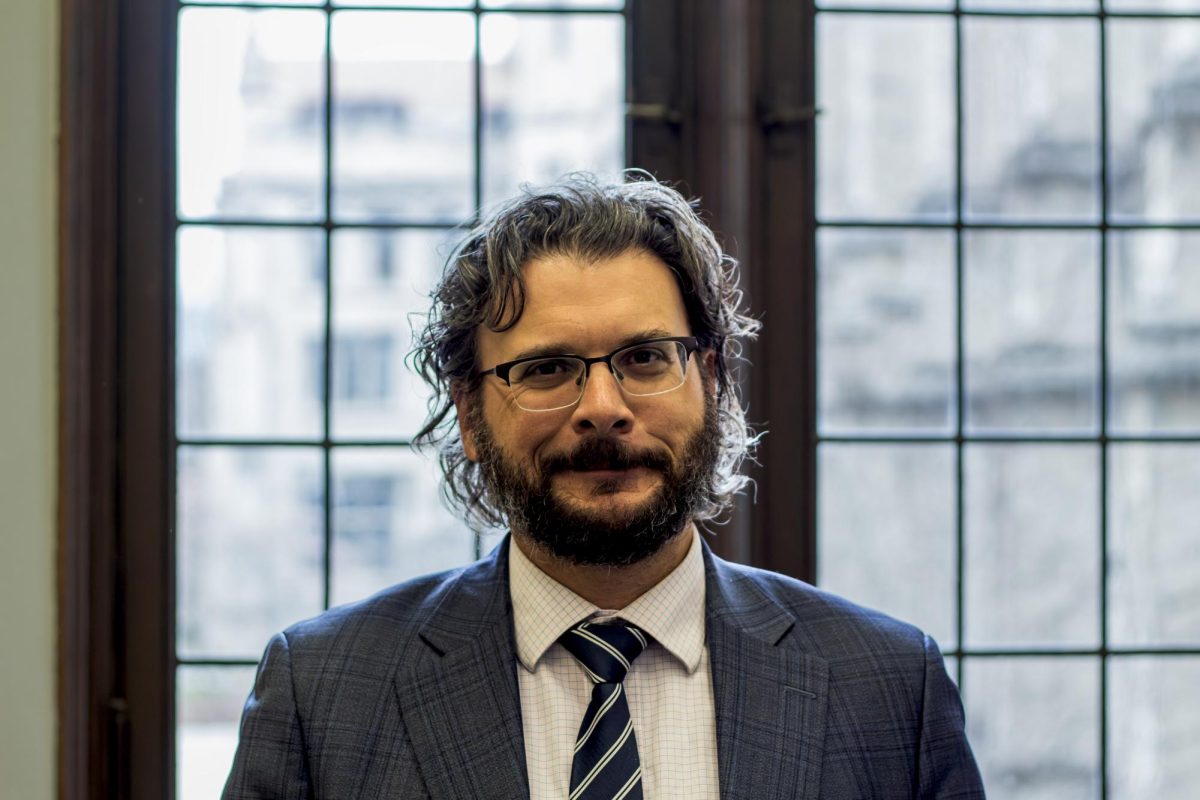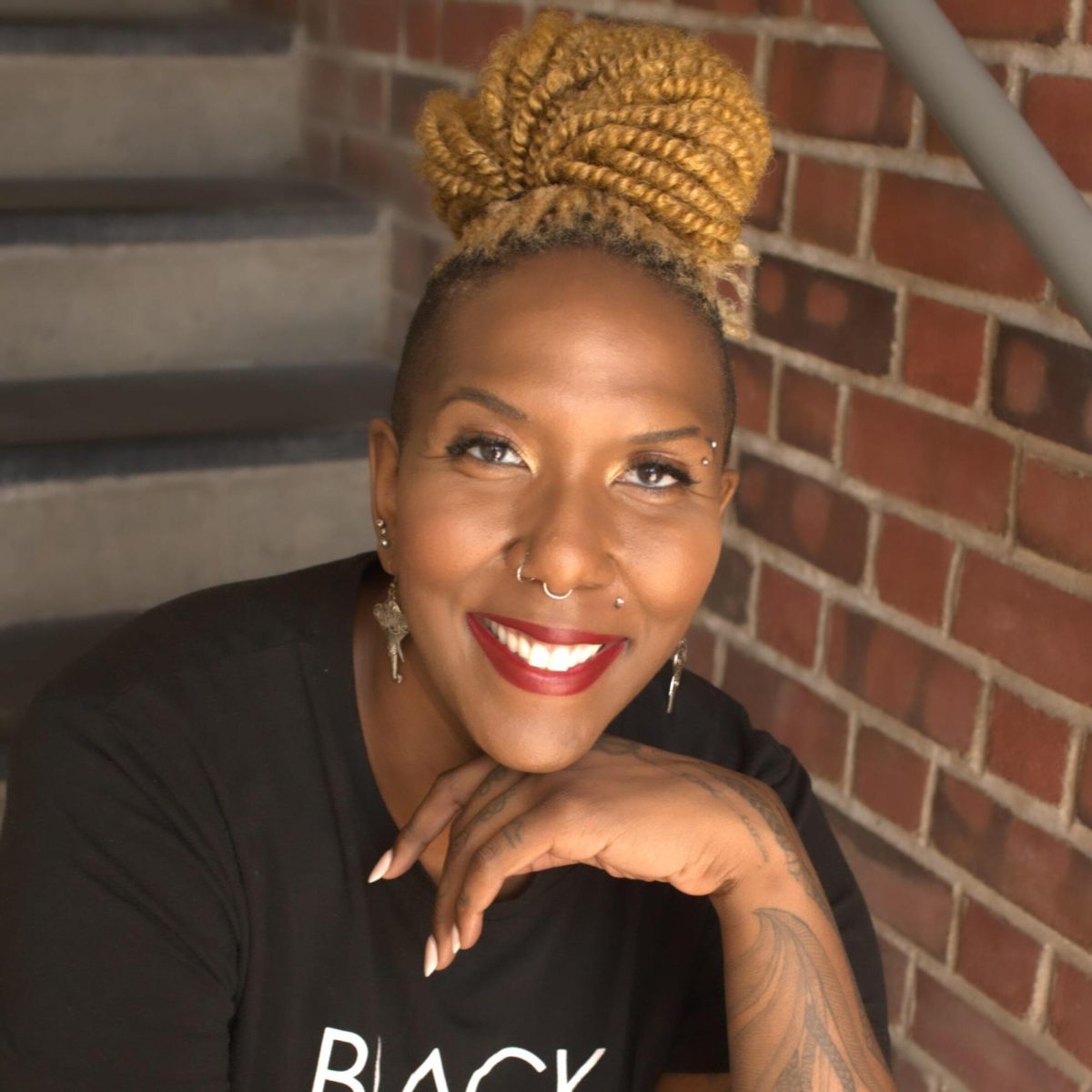As Woodlawn, the community to the immediate south of the University, becomes more economically and racially contiguous with the University, residents there and members of the University community are struggling to make sense of the new geographic reality.
In the final installment of a four-part series about Woodlawn, the Maroon reports on the organizational struggle to shape the future of Woodlawn.
The University hosted a conference in January 2005 to promote artistic and nonprofit development across the South Side. At the conference, “Enhancing Assets,” the University’s award-winning art historian Martha Ward gave a lecture on curatorship.
Following her talk, a Chicago cultural policy expert lectured on the private galleries and collections across the South Side.
What happened next was a striking moment for Dean of Humanities Danielle Allen.
“The museums discussed were five minutes from Cochrane-Woods,” said Allen, referring to the art center on campus.
“This professor, Marty Ward, an expert art historian sitting beside me, had no idea they existed. It was in her backyard,” Allen, who is also executive director of the group that hosted the conference, said.
“She was intrigued by and interested in what she was seeing,” Allen said. “She was grateful to learn about the private galleries.”
This is one example given by Allen of the University’s disconnect with the South Side.
“There are pockets of knowledge,” she said. “There’s not a lot of flow.”
Allen’s organization, the Civic Knowledge Project (CKP), is working to interconnect the University with the surrounding communities.
The idea behind her project is that successful democracies gather strength from their ability to generate “remarkably rapid knowledge transmission” and the circulation of knowledge across geographical and social barriers, she writes on the CKP website.
“A central goal of the Civic Knowledge Project,” she continued, “is to lead the University in generating modes of knowledge transmission between itself and its surrounding knowledge communities that might help jump start, in places where it has broken down or has never existed, the process of cultural circulation and mutual influence that is crucial to socioeconomic mobility and fluidity, and successful democratic practice.”
The CKP is not a one-way street, and the South Side communities have important expertise to share with the University.
“First-year students don’t know the South Side,” Allen said. “They don’t know how to move around, where to find good food and music.”
Similarly, she said, “The University administration doesn’t know what people in the surrounding community are thinking and doing.”
While the CKP works to stitch together University and community voices, other community organizations have less harmonious relationships, and there appears to be a breakdown in the ability to create a forum including all groups.
Criticism of community improvement plans by the Student/Tenant Organizing Project (STOP) reflects a struggle between community organizations to gain the voice of Woodlawn residents and illustrates the difficulty in communication among the civic groups.
“Who’s defining the political lay of the land is who’s got a leadership role in it,” Allen said, adding that she has never seen a forum or conversation about Woodlawn that has encompassed all different views.
“One of the biggest challenges has always been to make sure the conversation is broad enough,” she said.
STOP organizers say community forums are rigged against introducing ideas outside what the established organizations want to hear. One of STOP’s projects has been to organize a “town hall” forum to discuss Woodlawn issues—but in what STOP deems a fair environment. University and community representatives have refused to come, according to organizer and fourth-year in the College Alex Goldenberg.
“They knew we were going to push them on issues they didn’t want to be pushed on,” Goldenberg said. “They’re interested in a lot of dialogue that doesn’t mean anything, that doesn’t have accountability behind it.”
The NCP has included the participation of 300 Woodlawn residents, according to the May 2005 report.
Hank Webber, the vice president for Community Affairs, said there is a place at the University for students and alumni who care about the community but have different views.
He said the University believes the two-year New Communities Program (NCP) planning process was the “best existing consensus of the hopes of Woodlawn residents,” and included recommendations to preserve low-income homes.
“I am disappointed that STOP did not participate in this community-based process,” Webber said.
Karen King, the NCP director, took a different stance, saying that criticism was understandable. Between the last community meeting in June 2004 and the report’s publication in May 2005, there was an almost year-long lack of communication, King said.
“There was a vacuum, and in that vacuum people believed they were being left out,” she said.
King said efforts are being made to address the concerns of Woodlawn residents who have shifted toward STOP, and she hopes they will return to NCP. “This is very inclusive,” she said. “It will be steered toward them.”
King said she knows Woodlawn residents worry their interests are not being represented, but thinks the benefits of the NCP will shine.
“I know people are afraid,” she said. “But when you talk about schools being improved, those are schools people’s children attend. When you talk about activities for seniors or after-school programs for kids, that’s for everyone.”
Two hundred Woodlawn residents have become involved in STOP, Goldenberg said. He said that the NCP has adopted some of STOP’s agenda, including workshops on tenants’ rights and the rights of residents of subsidized housing.
“The NCP stands for something much bigger than that document,” he said of the May 2005 Quality of Life Plan. “It stands for a continuation of the history of exclusion in the shaping of the people of Woodlawn’s future.”
Goldenberg said that the NCP is a power-play, and he said the same thing is happening all over Chicago. “It’s not a question of ‘is the NCP is going to get power’ or ‘are we are going to get power’ or ‘is the University is going to get power,’” he said. “It’s a question of ‘are the people going to get power.’”
“At the end of the day, it isn’t possible for both to have power,” Goldenberg added.
Some, including President Don Randel, were critical of STOP. When presented the March 2004 PowerPoint presentation that STOP members leaked to the Maroon, Randel called the group a “campaign to make us [University administrators involved in real estate] look like the monsters that we aren’t.”
Randel also said, “There’s a kind of conspiracy theory, and some of your classmates, your former classmates, are trying to stir that pot by acquiring this set of documents, I would guess by illicit means.”
Rudy Nimocks, the chairman of WPIC and a Woodlawn resident since 1952, used stronger words to respond to STOP’s accusation that not all residents are included in the NCP.
“That’s bullshit,” Nimocks said. “It was done by people in the community, people I’ve known for years and years and years.”
Nimocks said that no one had been left out of the planning process, and any Woodlawn resident could have been involved.
His message to STOP members: “Where were they when the five-year plan was being developed?” he said, referring to the May 2005 NCP report. “They come after this thing is complete and say, ‘Well, we don’t like it and we weren’t involved.’ But why weren’t you involved? Where were you?”
Nimocks added, “Now we’re in the implementation stage. We’ve formed committees, and now we’re executing ideas. Now we’re changing the community.”









